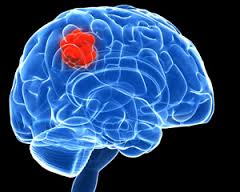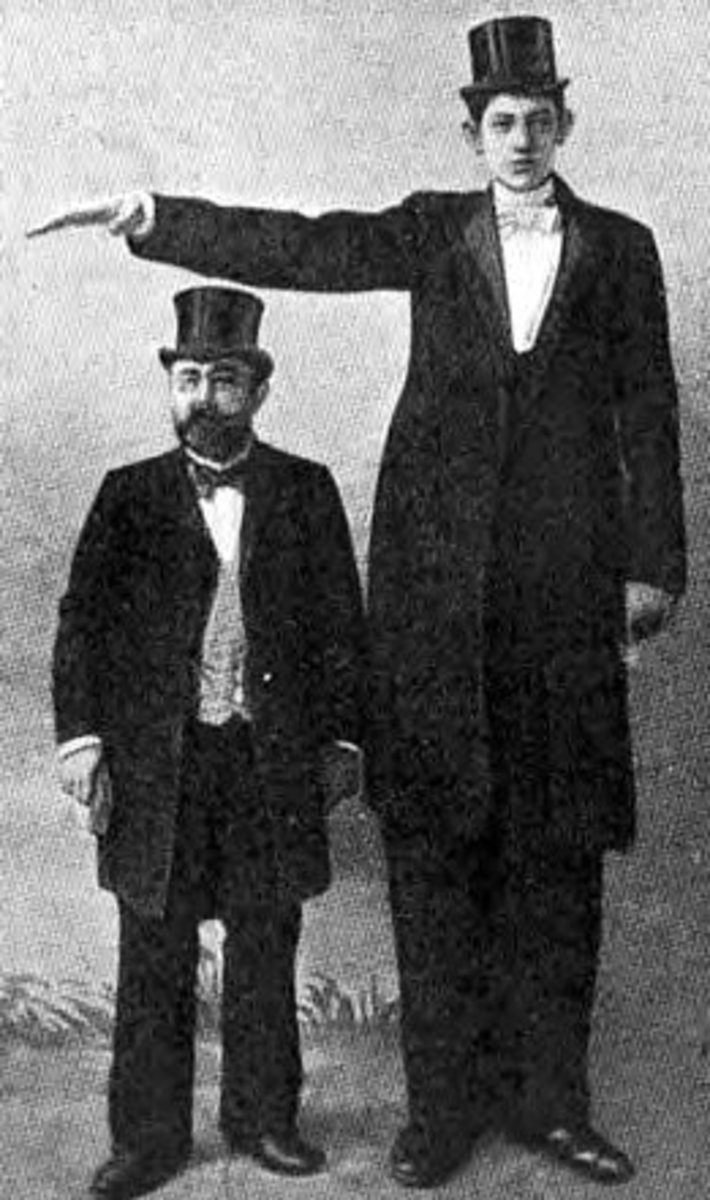Mental disorders caused by brain tumours
What are brain tumours?
A tumour is a new growth involving an abnormal enlargement of body tissue and will usually occur in the breast, the uterus, the prostate, the lungs, intestinal tract but may be sometimes found in the nervous system. Brain tumours may occur with high frequency between the ages of 40 to 60.
Brain tumours may be malignant as they destroy the brain tissue in which they emerge while others are benign in that they are not destructive except by reason of the pressure they exert. The skull is essentially a bony, unyielding container and a relatively small tumour in the brain could cause marked pressure and ultimately interfere with normal brain functions. Malignant brain tumours usually originate in malignancies in other organs like the lungs and cancer cells are then transported to the brain through a process known as metastasis.
Brain tumours could cause a host of mental disorders

What are the symptoms of disorders caused by brain tumours?
The clinical picture that develops is determined largely by:
- The location, size and rapidity of growth of the tumour
- The personality and stress tolerance of the individual
The brain tumour may result in both localized and general symptoms. Thus damage to a particular part of the brain may result in localized disturbances of sensory or motor functions. However, general symptoms appear when the tumour becomes large enough to result in increased intracranial pressure. Common early symptoms are persistent headaches, vomiting, memory impairment, listlessness, depression and a retinal anomaly due to swelling of the optical nerve when cerebrospinal fluid is forced into it by intracranial pressure called “choked disc”.
As pressure increases there may be clouding of consciousness, disorientation for time and place, carelessness in personal habits, irritability, convulsive seizures, further vomiting, sensori-motor losses, hallucinations, apathy and a general impairment of the intellectual functions. Terminal stages are indicated by a vegetative stupor and eventual death.
Emotional reactions to the organic damage may vary. As the disorder progresses they may have some insight into the seriousness of the condition and become severely depressed, anxious and apprehensive. Those who lack insight usually react by becoming expansive and even euphoric. These patients may joke and laugh about their illness in an unrestrained and hilarious manner. These extreme circumstances are compensatory and frequent in advanced stages when there is considerable brain damage or pressure.
Serious tumours, are most common in the frontal, temporal and parietal lobes. These frontal-lobe tumours produce subtle peculiarities such as inability to concentrate, personal carelessness, a loss of inhibitions and absentmindedness that evolves into memory defect. The individual will also become silly and prone to punning and general jocularity.
Tumours affecting the special sensory areas in the brain may result in hallucinations of sight, hearing, taste and smell. About half of the patients with brain tumours evidence hallucinations sometime during the course of their illness. Visual hallucinations may involve dazzling, vividly coloured flashes of light as well as various kinds and sizes of animals and other objects. In the case of temporal lobe tumours or “Lillipution hallucinations” includes patients seeing small figures that they know are not real. These hallucinations result from the irritation of the visual pathways passing through the temporal lobe. Irritation of the olfactory pathways may result in the perception of peculiar odours such as burning rubber. Furthermore, auditory hallucinations may include buzzing, ringing, roaring and occasionally voices and conversations.
Treatment
The treatment of brain tumours is primarily a medical matter but the degree of recovery of the patient depends on the size and location of the growth and on the amount of brain tissue that may be removed with the tumour. There may be full recovery or a residue of symptoms, such as partial paralysis and a reduction in intellectual level. The mortality rate becomes high when the tumours are well advanced and require extensive surgery.









